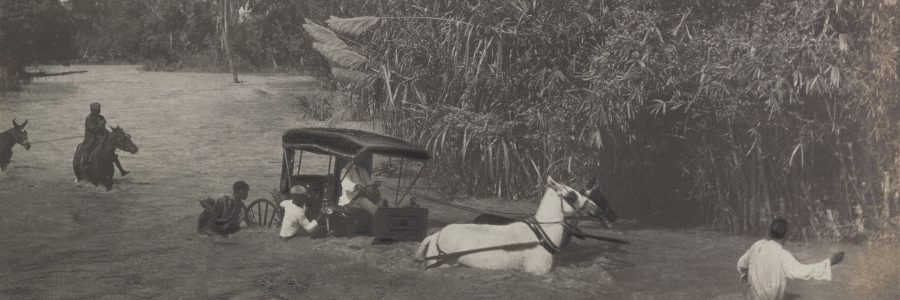
Caribbean photographs
The most recent release of Royal Commonwealth Society photographs on Cambridge Digital Library takes us to the Caribbean. We’re delighted that virtually all Commonwealth members from the region are represented. The subject of the earliest image dates from 1795, while the latest culminates in the 1970s, a period of fundamental change and development, marked by the abolition of slavery and the movement towards independence for many former British overseas territories.
The extent of development is emphasised by the oldest item, which is a map of the Hillsborough Estate on the island of Dominica as it appeared in 1795. The plantation was acquired by John Greg (1715-1795) of Belfast, who became the first British Government Commissioner for the sale of land on the island in 1765. Historians of slavery and of the economy of the Caribbean will be very interested in the map and its parent collection of estate archives. This is a particularly significant collection because it is accompanied by an album of photographs created by Hillsborough’s final owner, John Tylston Greg. He purchased it in 1894 and supervised it personally until its final sale in 1928. Greg documented Hillsborough’s accommodation, buildings, workers and crops with his camera in May 1896, and it is fascinating to compare and contrast the 1795 map with photographs of the estate taken a century later.
Agriculture and forestry feature prominently, notably in two albums compiled by Sir Daniel Morris, who served as Director of Jamaica’s Botanic Department from 1879 to 1886. Morris later worked as Imperial Commissioner, West Indian Agricultural Department, and as Scientific Advisor in Tropical Agriculture to the Colonial Office. His photographs illustrate native flora and fauna, botanical gardens and shows, and the cultivation of a wide range of trees and crops throughout the British West Indies, including sugar cane, cotton, banana, pineapple, orange, mahogany, logwood, sisal, coconut, jalap and lime.
The contribution of fishing to the islands’ economy is also evident in images showing the Bahamas’s sponge collecting boats and the exchange where the sponges were sold. The expansion of ports and shipping for the import and export of commodities is also represented.
The great natural beauty of the Caribbean islands is another striking theme, exemplified by images of lush gardens and forests, wide beaches and dramatic coastlines and mountains. The beginnings of the tourist industry is suggested by photographs of luxury hotels built to tempt visitors, such as Jamaica’s Myrtle Bank, which by 1909 had ‘become a synonym for everything associated with elegance and comfort in accommodation [and] the superlative in food and wine’.
The danger inherent in the island’s geology, however, is powerfully emphasised by photographs of the eruption of St. Vincent’s volcano La Soufrière in May 1902. The event devastated much of the northern part of the island and killed approximately 1,600 people. It coincided with the terrible eruption of Martinique’s Mont Pelée, which is well documented in the RCS photograph collection.
The diverse population of the Caribbean, including the indigenous peoples of modern Honduras and Belize, are portrayed in the photographs too, captured going about their daily lives. There are also images of archaeological sites and sketches of pottery associated with the Caribs.
We are thrilled to finish with a large collection of more modern colour slides, taken by the diplomat John Marnham, who from 1970 served as British Government Representative to the West Indian Associated States. Antigua and Barbuda, Dominica, Grenada, St Christopher and Nevis, St Lucia and St Vincent enjoyed this status en route to their independence between 1973 and 1983. Marnham was based in St Lucia and had a house at Ciceron, just outside the capital Castries, and travelled widely among the states, often photographing from the air.
The featured image is Crossing Bamboo Pond, near Morant Bay, Jamaica, 1904, Y3073B_5

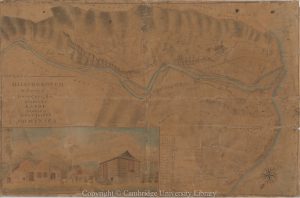
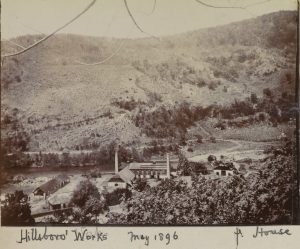
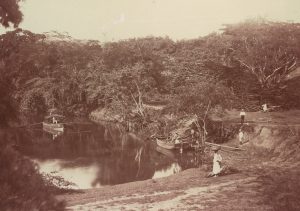
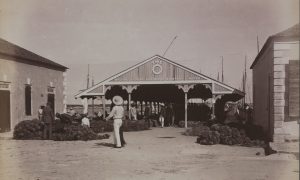
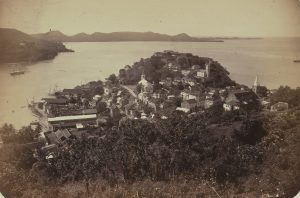
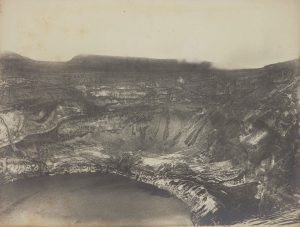
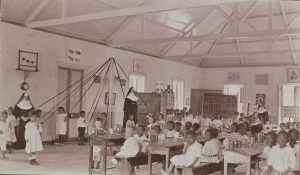
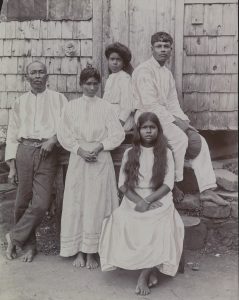
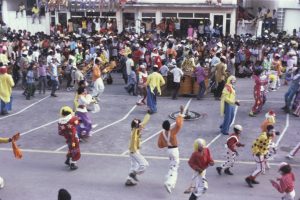
I am very interested in viewing vintage photographs of the Commonwealth of Dominica. I expressed an interest several years ago and was told at that time that the images were not available at that time. I am of Dominican parentage and would love to view historical photographs of Dominica. I thought I might have to apply to visit the library at Cambridge University to be able to view them. I hope to view the collection very soon indeed.
Dear Nora,
To view RCS photographs of Dominica which have been digitised, please search Cambridge Digital Library, https://cudl.lib.cam.ac.uk/collections/rcs/1 I did a search and found about 105 images. Please search our archival search engine Janus to discover other photographs in the collection which have not been digitised, https://janus.lib.cam.ac.uk/ You will be very welcome to visit the library to view them. Please follow this link for information about joining the library, https://www.lib.cam.ac.uk/using-library/joining-library
All the best, John
Dear John,
With the world in crisis because of Coronavirus, and with time on my hands as I, like thousands all across the UK are self isolating or just staying home in accordance with Government’s instructions, I have only just returned to this page, totally forgetting that I had sent my previous comment.
It’s over 6 months late, but I want to thank you very much for your very helpful response and advise. I am both pleasantly surprised and grateful.
Now I have the time to do everything I want to do, now is the perfect time to follow your advice, and view some Dominican vintage photographs of times gone by.
The kindness of strangers, no matter in what form is heart warming. So, if you are still out there John, once again,thank you very much, and please stay safe.
Kind Regards,
Nora
Hi Nora,
Very many thanks for your kind comments. I’ve just published a blog reporting work on our Caribbean pamphlet collection, illustrated with many early photographs, https://specialcollections-blog.lib.cam.ac.uk/?p=20038&preview=true&_thumbnail_id=20076
Take care, John
hi i am an artist painter from the Commonwealth of Dominica west indies,i would love to see more historical photos of Dominica if possible,i was really amazed to see a pic of the Hilsborough estate where my grand dad worked for many years
wooow you brought tears to my eyes with joy profound joy to see such vintage photos of my island,i could identify with one particular photo of the old roseau jetty where as a child in the early 70s when the island was still a colony of Great Britain,We would go the jetty which later became a habor and we would sit on the seawall watching wooden barrels of lime syrup being loaded on the ships for export,i would like my most profound gratitude for sharing these pics with me,thank you so very much you have made me live longer i feel alive.thank you.